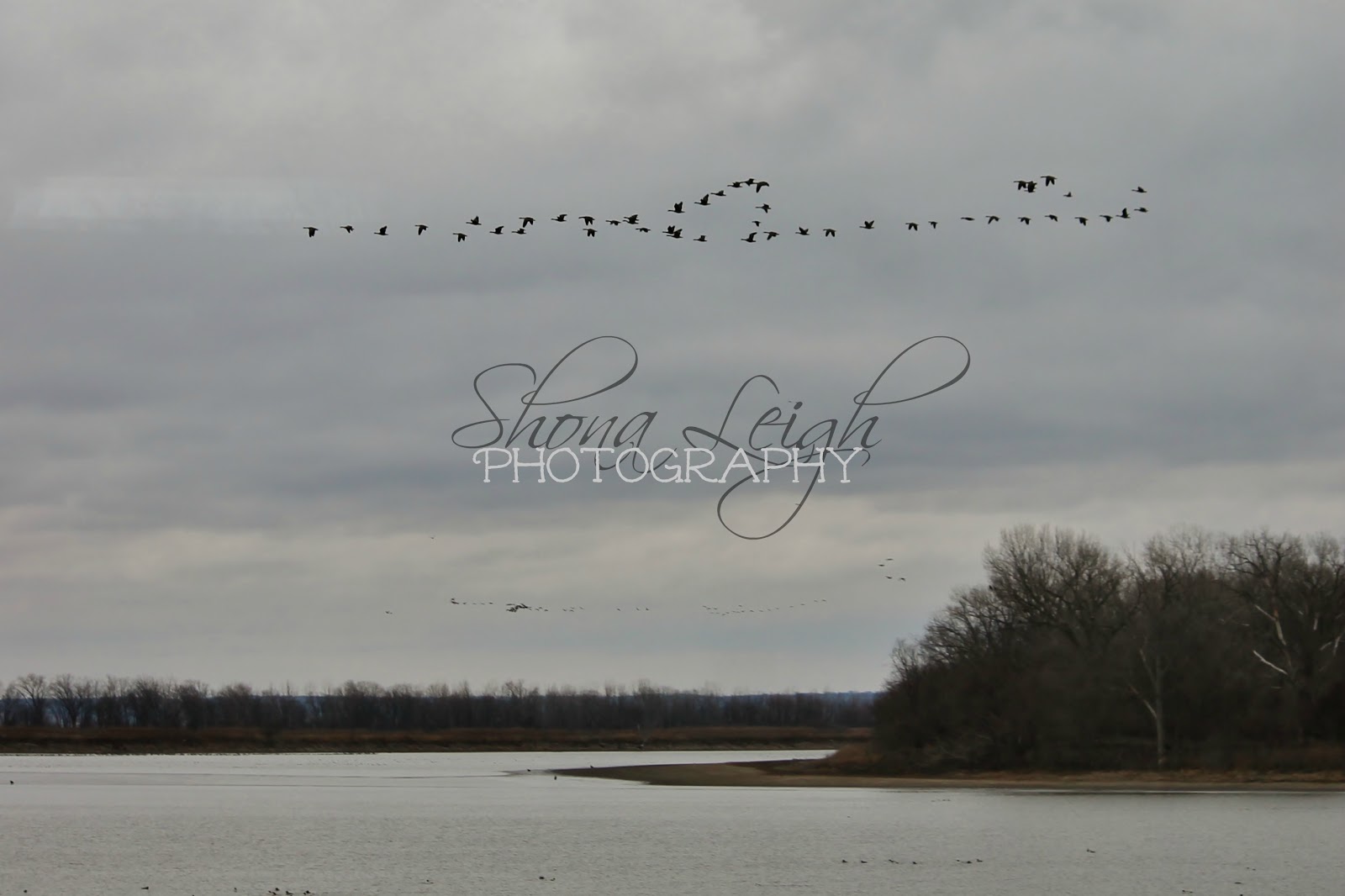
This is because there are more birds to look out for trouble nearby and can be quick to alert the rest of the congregation about any potential threats. Protection from predators is another benefit of forming these large flocks. This is typical behaviour by species such as the pink-footed goose, who can regularly be found foraging together. The main reasons geese form large flocks are for faster foraging of food, protection from predators, and during migration.įoraging together in these large groups means they can all take advantage of the same food supplies. Why do geese flock together in large groups?

This place is often the same place where they hatched themselves and will continue for their entire life - which can be as long as 35 years however, the average lifespan is around 21 years. The majority of female geese will return to the same place each year to build nests and raise their young. This means they migrate south during the warmer months and back north during the colder months. The majority of geese will flock and migrate to the south during the winter and the north during the warmer months.Ĭanada Geese are one of the exceptions to this and will travel in the opposite direction.

Geese mostly have two homes, one which they spend time during the winter and another for the summer. This is because each goose flies slightly above the bird in front of them, which reduces the resistance of the wind, meaning they conserve their energy better. The main benefit is that flying in these groups and formations makes flying much more efficient for geese, which means they can fly further. Often geese will join up with other families, and it can even sometimes mean that there are hundreds and even thousands of geese migrating together now that's a sight!įlying in flocks comes with many benefits. When you see this happen, it generally means that the geese are migrating with their 'family' and are travelling to another location.

Proper game bird management for hunting activities can also help keep local bird populations balanced, so large-scale culling is not necessary.It's relatively common to see a skein of geese flying together in a "V" shaped formation. In such cases, bird irruptions (unusual large migrations) might naturally take place, or culling could be considered to keep a population in check. Unusual population growth can cause an imbalance in local ecology, disrupting food sources and other essential resources.Large flocks can also be hazardous in other ways, such as near airports where they might cause airplane strikes or otherwise interfere with safe operations. In urban and suburban areas where large flocks of pigeons, geese, and ducks take up residence, this can be a concern, particularly near public parks, schools, or playgrounds. Large bird flocks might be posing threats to other wildlife or humans, often through the spread of disease in excessive feces.In some areas, European starlings are culled for threatening eastern bluebirds in this way. If native species are unable to adapt to the aggression, they might be driven out of an area and there might be nowhere suitable for them to relocate. Local, native populations are at risk from aggressive invaders, such as invasive birds that take over nesting sites or attack native birds.If the free-ranging birds are culled, the wild birds will have better success breeding together. This is the case with birds like the red junglefowl, which is in danger of being lost because of interbreeding with free-ranging domestic chickens in its native range.

This interbreeding can affect the genetic purity of the species that might lead to genetic extinction if hybridization goes unchecked.


 0 kommentar(er)
0 kommentar(er)
